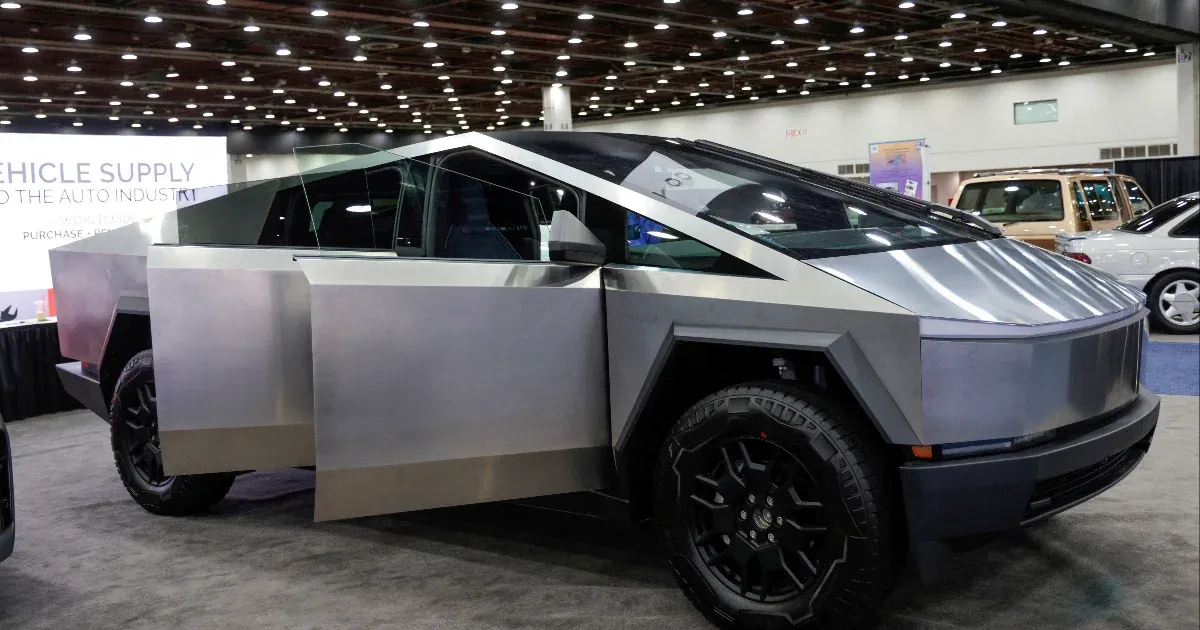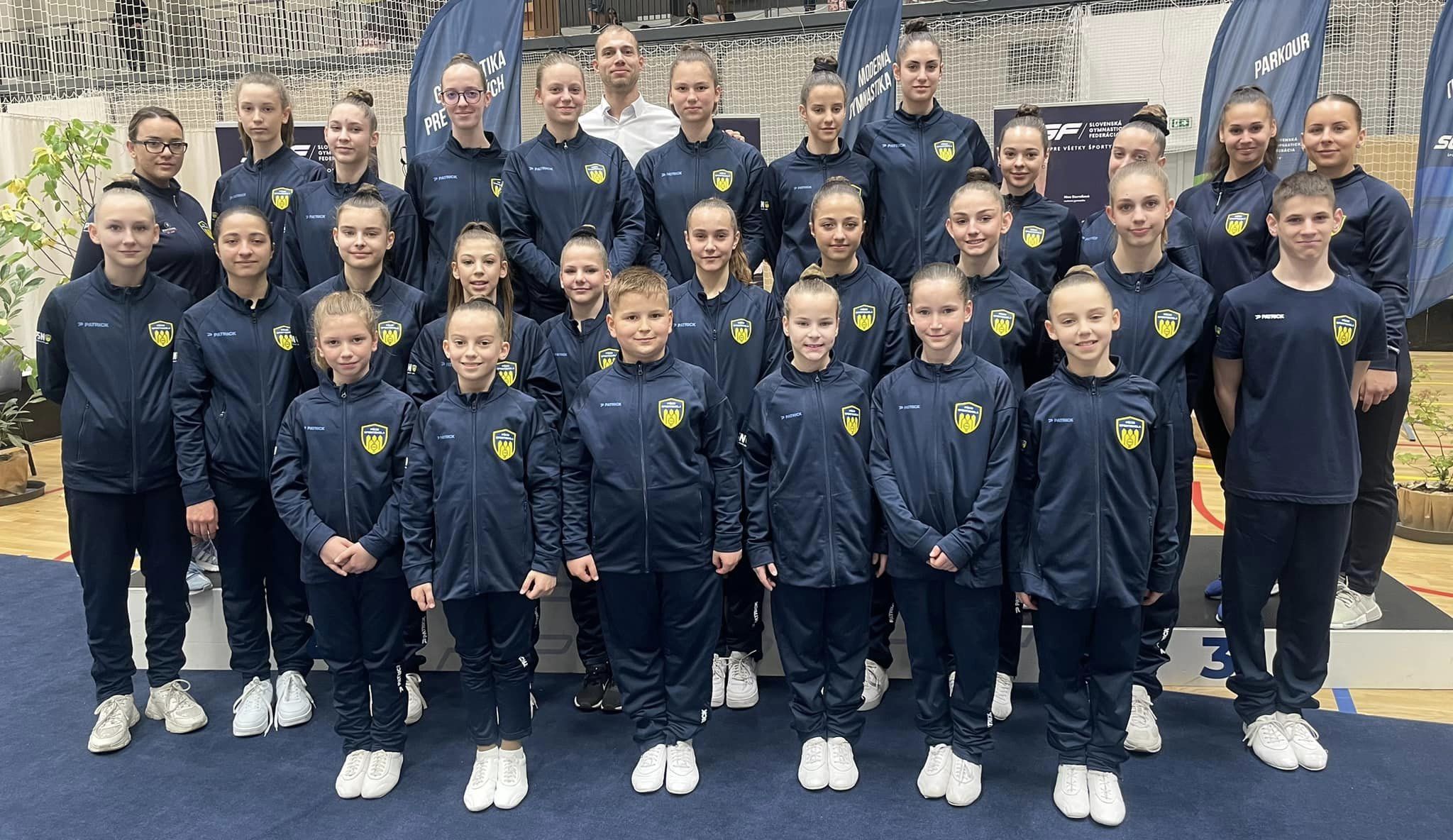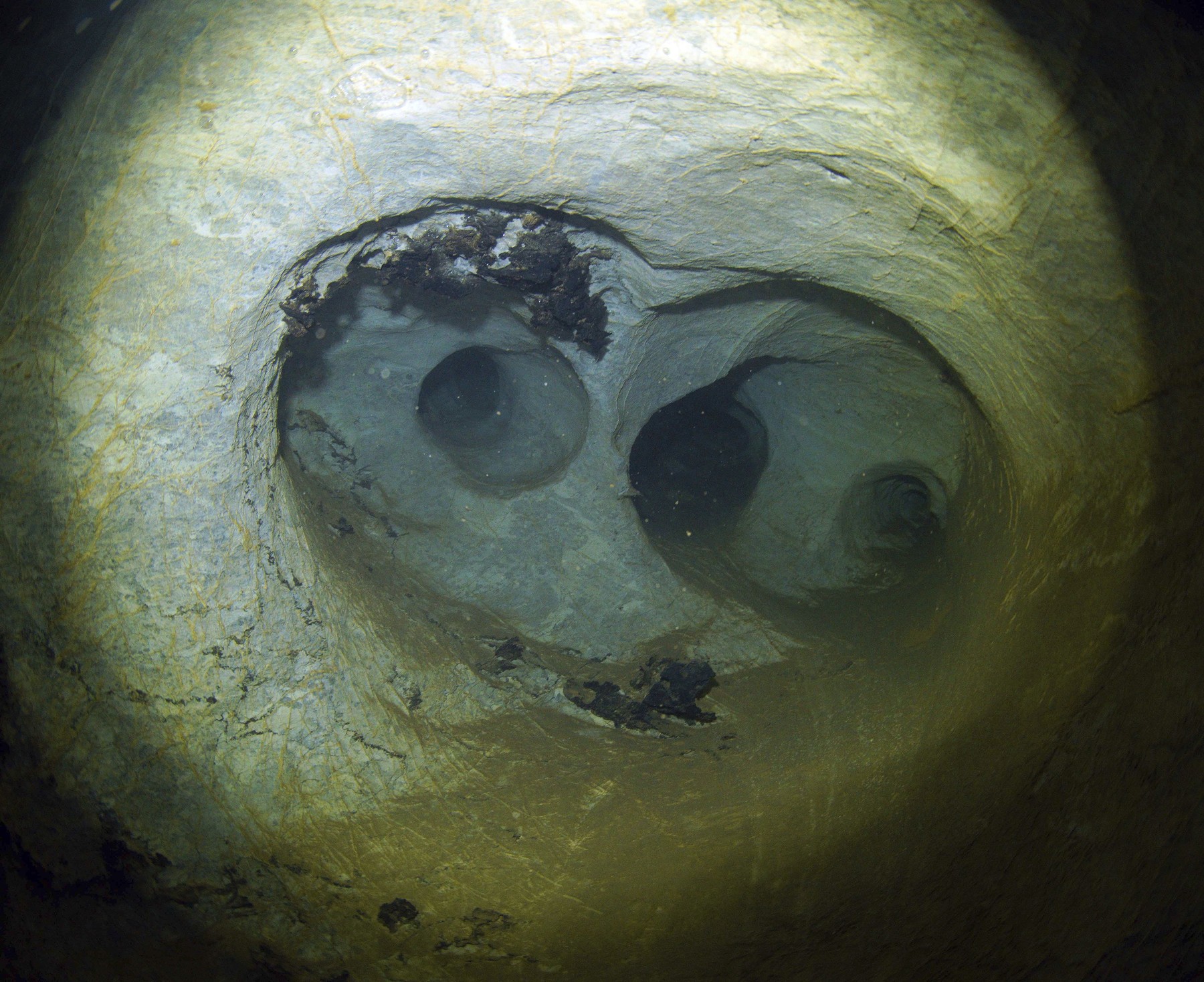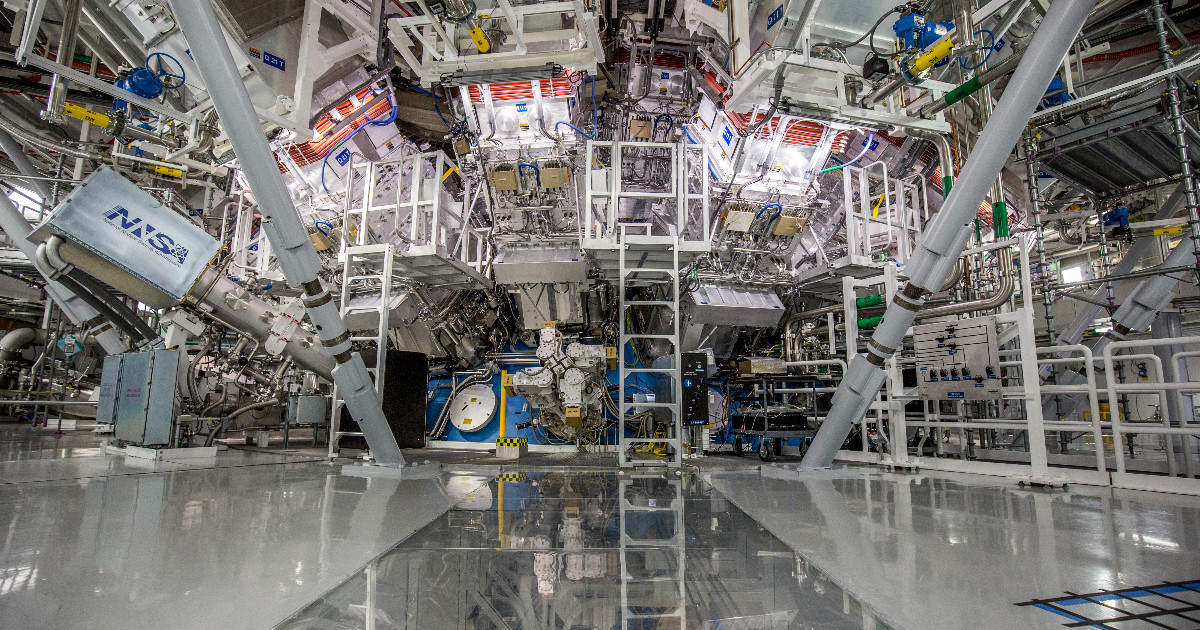For the first time, American researchers managed to extract more energy from the process during a fusion experiment than was introduced into it in laboratory conditions, that is, the energy balance of the process must be positive. The experiment was conducted at Lawrence Livermore National Laboratory on December 5. The laboratory plays a major role in the development and maintenance of US nuclear weapons. Part of the lab is the National Ignition Facility (NIF), where fusion experiments take place, with a serious focus on military use, which was clearly highlighted in the press conference announcing the fusion breakthrough.
Built at a cost of $3.5 billion, NIF’s main purpose is to conduct experiments that allow the United States to maintain and develop its nuclear weapons without test explosions. This could also advance scientific research into fusion, which could eventually lead to the creation of laser fusion power plants. However, we’re not quite there yet, although positive energy balance is certainly a very important scientific achievement.
“This is a major scientific achievement, even if it doesn’t mean that fusion energy is produced instantly.”
Sándor Zoletnik, head of the Fusion Plasma Physics Laboratory at the Energy Sciences Research Center, told Telex.
“This type of fusion, with which the breakthrough has now been made, is called inertial fusion: a deuterium-tritium capsule is pressed together and heated, which starts the fusion.” Heating is done by laser beams the size of buildings. “It is also worth noting that the energy entering the laser is 150 times greater than the energy of laser light,” the expert said. Thus, the process is still not profitable on the grid, but this could be helped in the future with more efficient lasers.
Livermore has been trying to achieve this result since 2012, but it was the first time in ten years that an experiment ended with a truly positive energy balance. Last year, it was possible to get close to the target, but that meant only 60 percent of the energy provided by the laser. The equipment was now operating at 150 percent efficiency, the laser was emitting 2.05 megajoules of energy, and the capsule was producing approximately 3.15 megajoules. However, 300 megajoules of energy were required to power the laser.
According to Sandor Zoletnik, in theory, based on modeling, up to a hundred times more energy could be obtained from such a fusion process, but in practice it has not yet been possible to reach this point. Based on the modeling, in 2012 NIF researchers were sure that a positive energy balance would be achieved, but it turned out that these calculations did not live up to the hopes placed on them in many places. Last year’s breakthrough could not be reproduced for a full year either, as it turned out, the main problem was with the surface of the fuel capsules: it must be very smooth and precise, if it is not, the fusion process is not efficient enough.
“It is worth knowing that today with this technology one experiment can be performed in one day. In order to extract significant energy from the process, a laser with better efficiency would be required, and one capable of producing ten such explosions per second.”
There is also a problem to be solved, so that neutrons and other byproducts produced during the experiment do not damage very sophisticated equipment, since, for example, the lenses that direct laser beams are very fragile. In addition, the fuel for future fusion power plants will be deuterium and tritium, and the latter will have to be produced, which will require special equipment, including a mantle filled with lithium. So it is clear that the use of the power plant is still a long way off, but now the Americans have taken a very important step in the field of laser fusion.
Press conference announcing the result – Photo: Olivier Dollery/AFP
“It is important to point out that all of this has been achieved in a single capsule, and we are still decades away from inertial fusion becoming a technology for power plants. Magnetic fusion is very technologically advanced for building a reactor,” said Kim Podell, director of the lab, at the time of the announcement. “.
In addition to inertial fusion, the other branch of research is magnetic fusion, in which the hot matter required for fusion is permanently pinned together with giant superconducting magnets. This operates at much lower pressure, can run more continuously than inertial fusion, and is far ahead in terms of technological sophistication: ITER will also be the energy test station in France.
“Moreover, magnetic fusion cannot be used for military purposes, the scientific results are shared by the profession, and we cooperate with each other,” said Sándor Zoletnik. He added that the lab receives such high funding for military purposes, which obviously helps scientific work as well. It is not yet known how much the Americans will share the results: certainly scientific data, but the details of the equipment are likely to remain secret.









































